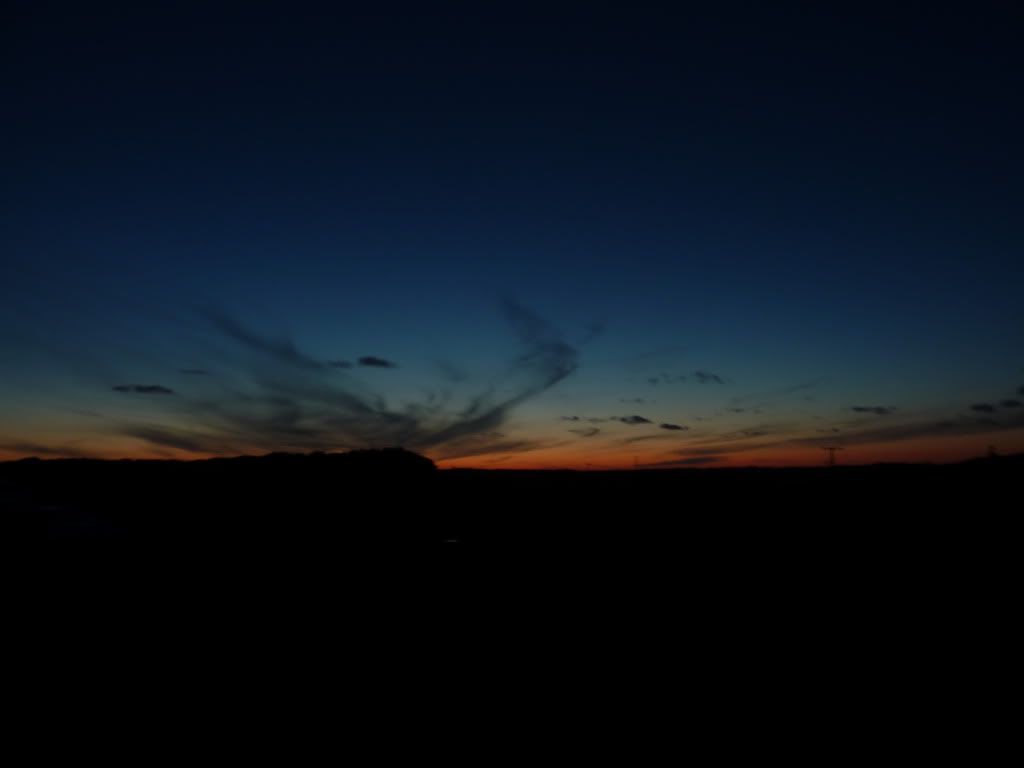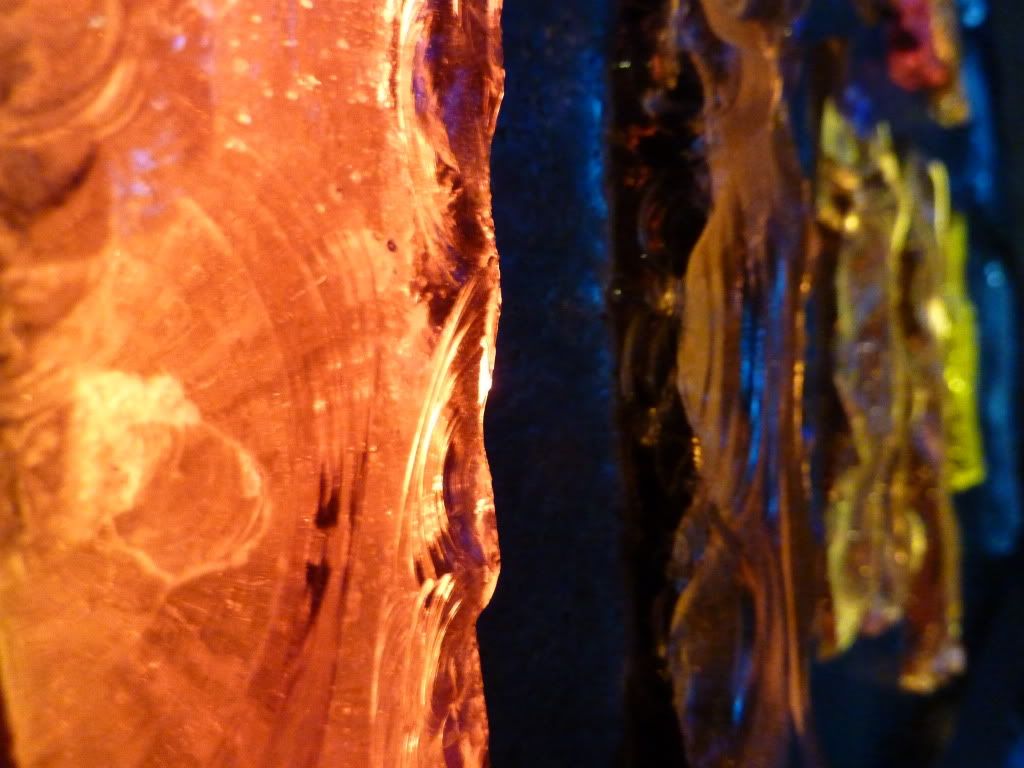
I have been traumatised twice by this fungus; firstly when taking pictures of it and secondly when having to look through loads of pictures of hideous fungi in order to identify it. However, I believe it to be an
Oak Bracket Fungus, a.k.a.
Inonotus Dryadeus, identifiable by its weird amber oozings. It has several other excellent names of course, my favourite being Weeping Conk. What can I say, it's a week for good words. And speaking of good words,
this fine site describes the fungus as "finely hairy at first, becoming glabrous", which sounds like a highly undesirable shipping forecast.
Anyhow, its a mean old mushroom and causes rot of the tree. I've not been able to find much information about the strange oozing substance.I imagine a scientist would tell me that it's not oozing stuff purely to be as revolting as possible, but as with jellyfish I am highly suspicious. I bet they just want to freak me out.
I don't like fungi; when I was quite young, I was playing hide and seek with my parents and sister in a wood near our home one autumn. I thought I had found the perfect hiding spot in a bush and was perfectly concealed as the seeker bumbled past. Then I turned around and saw an absolutely huge
toadstool, bright red with twisted white warts, sitting right next to me. To my parents' initial confusion, I leapt out of my cunning hidey-hole, shrieking at the top of my lungs. And to this day, I remain scarred by that experience.
It seems most likely that the toadstool I saw was the famous
fly agaric, although the internet tells me it's usually 8-20cm across and I'm confident that the mushroom I saw must have had a diameter of 30cm, even accounting for the fact that I was quite small at the time. Maybe it was freakishly large, or maybe it was another species, or maybe I'm remembering it wrong, but it sure surprised the hell out of my younger self.














